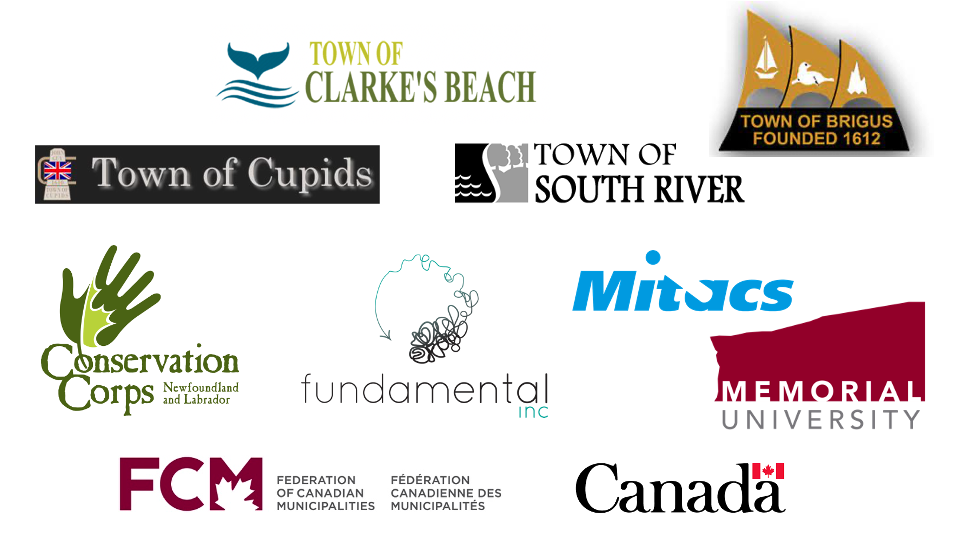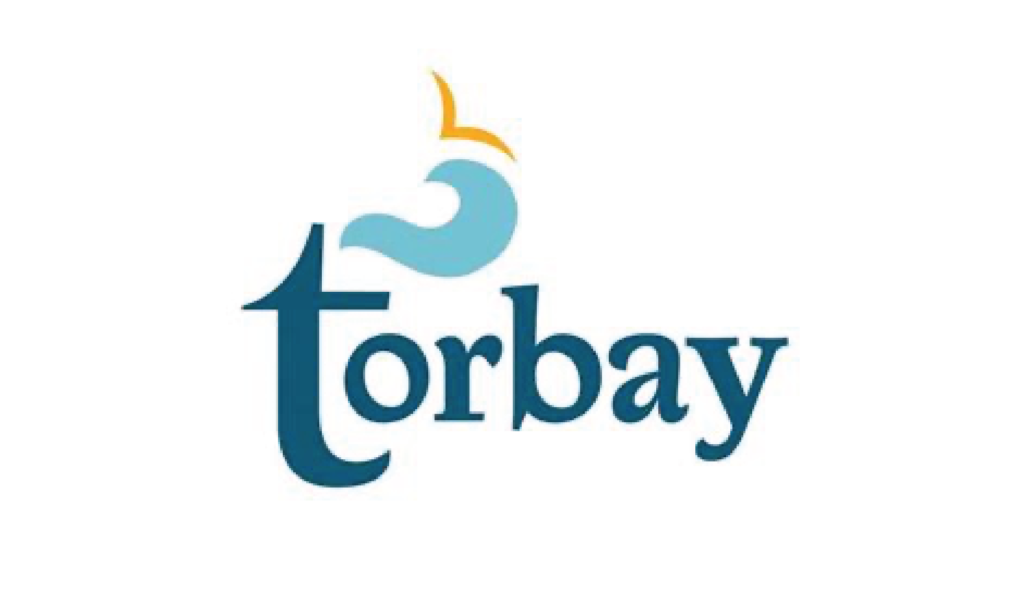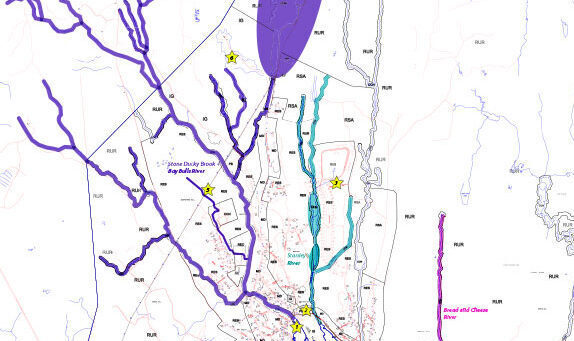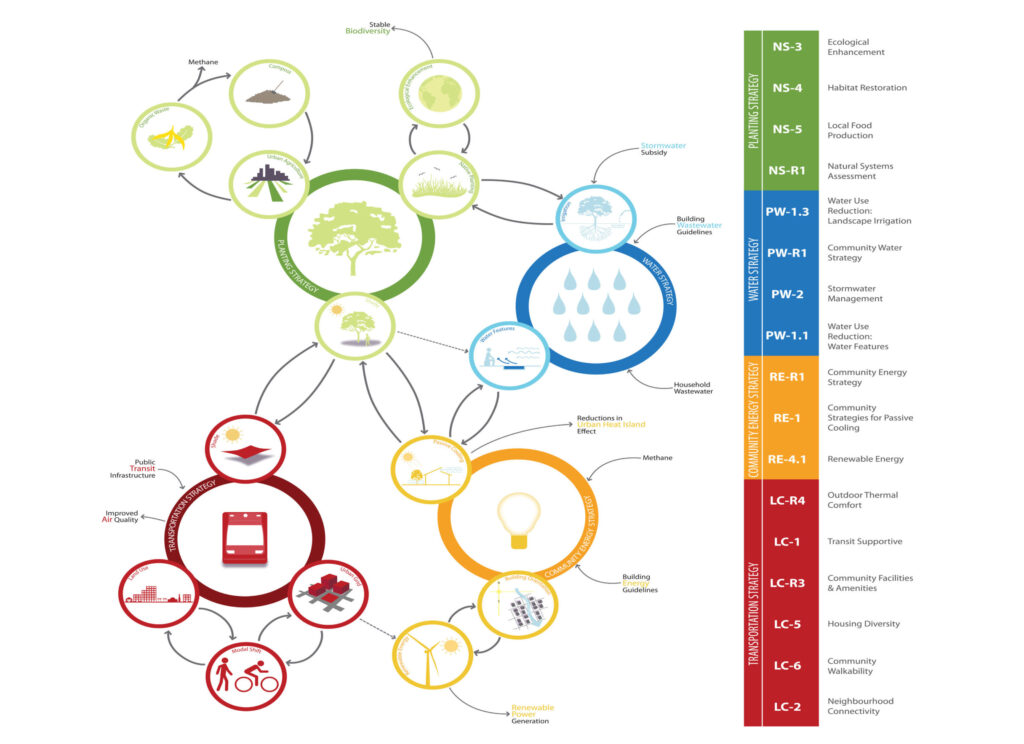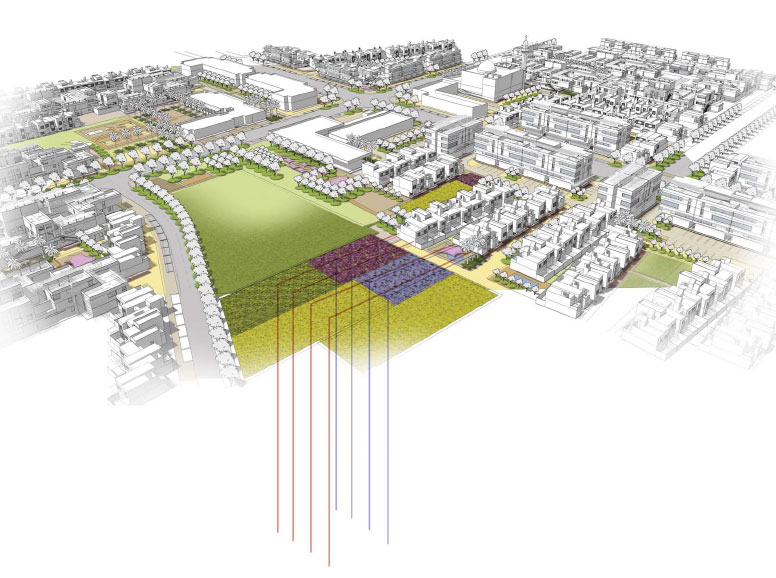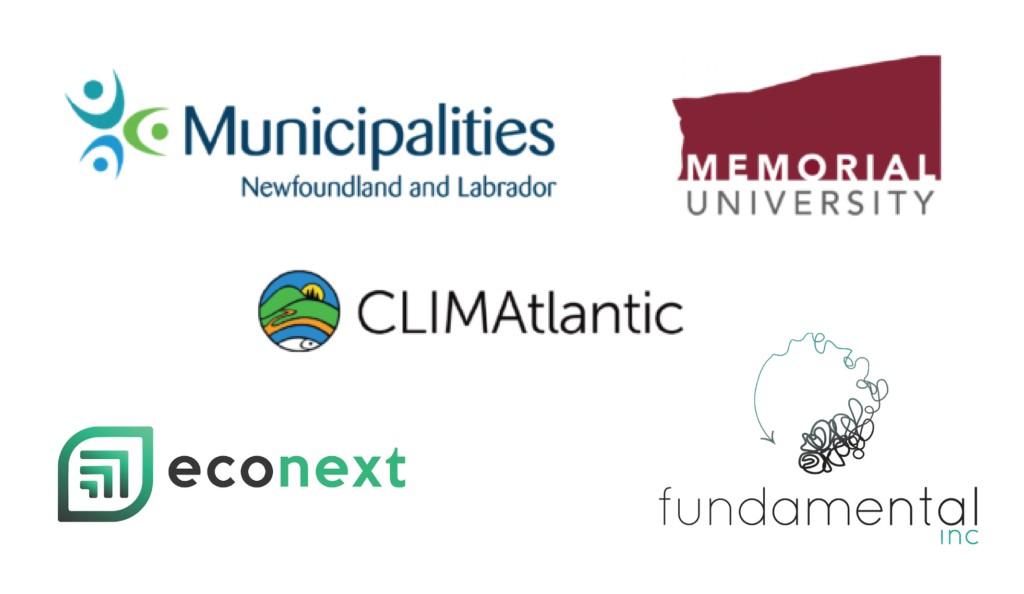
Asset management is about developing a framework for making good decisions.
For municipalities and other types of organizations, a traditional asset management approach involves creating an inventory of all existing assets (infrastructure, equipment, etc.), taking stock of their current condition and performance, and predicting future needs to determine when each asset will need maintenance or replacement, and what new assets will be required. Short term and long term financial planning for maintenance and replacement of the organization’s assets are then generated from the asset inventory and condition assessment.
The contemporary ‘hiccup’ with a traditional asset management approach is that ecosystem services (or ‘natural’ assets) and considerations of projected climate change impacts are often not included in the foundational activities of generating an inventory and assessing asset risks and vulnerabilities.
Historically, ‘predicting future needs’ has typically meant considering e.g. projected growth or decline in population for a municipality, or in sales/operations for a company; risks associated only with intrinsic equipment or infrastructure lifespans; financial considerations based on up-front capital costs of replacement, etc. While still all important factors, a traditional approach does not typically account for projected climate change impacts or emissions reduction targets / targeted carbon budgets. Similarly, most existing infrastructure has been designed for a particular range of weather conditions based on historical weather data. But that range of conditions is shifting – with not insignificant consequences on design factors such as storm intensity, precipitation frequency and duration, max high and low temperatures, etc. Existing infrastructure may no longer be able to perform as it was originally intended (e.g. expected useful life may change due to a change in the day-to-day or average weather conditions, or the likelihood of failure may increase due to an increasing risk of extreme weather events). While changes in our climate are already underway, we also still have the opportunity to reduce the impacts by eliminating greenhouse gas emissions – asset decision-making plays a role in that too.
At Fundamental Inc, we take an approach that involves layering local climate vulnerability, GHG emissions modelling, and ecosystem services onto the traditional asset management protocols. We believe that this holistic approach is necessary to achieve long term plans which are financially, socially, and environmentally sound. We call this an Eco-Asset Management Approach.
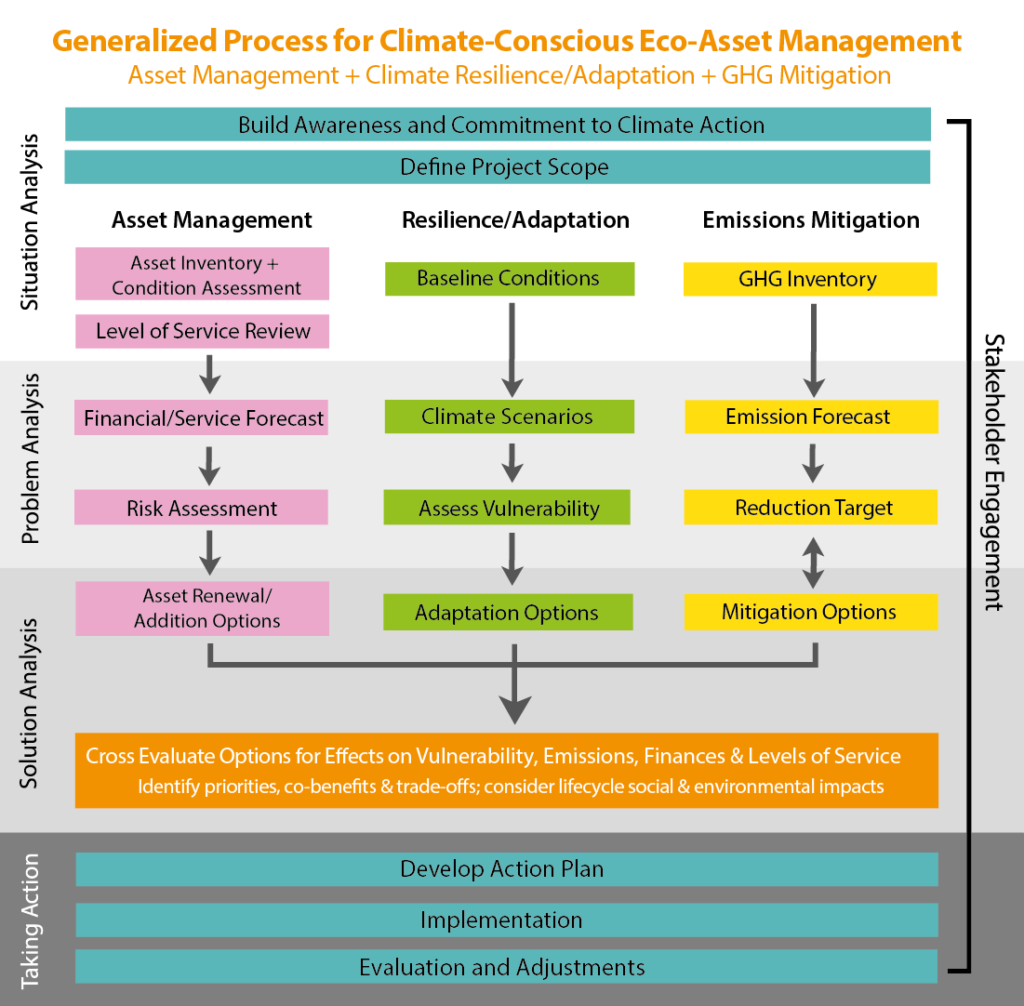
Climate Vulnerability Assessment
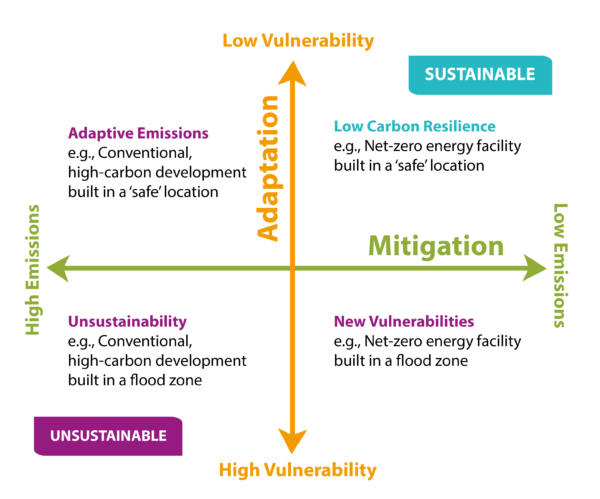
A climate vulnerability assessment identifies the specific risks to an organization’s assets or operations due to projected climate changes. Fundamental Inc. utilizes the latest information from leading climate scientists and engages with local experts such as the Provincial Geological Survey and Memorial University to do evidence-based assessments of your location. This may include coastal erosion and sea level rise assessments, or inland flood mapping and watershed modelling. Activities such as these may identify previously unknown risks to assets or to areas that have been considered for development. Much valuable information about localized climate change impacts can also be gathered from people. We can engage with your personnel and community to gather lived-experienced and incorporate it into your decision-making framework. If climate vulnerabilities are not sufficiently identified and qualified, organizations risk making investments that lead to more spending and less resiliency down the line.
We also conduct a GHG (carbon) inventory and carry out scenario based modeling. There are greenhouse gas (GHG) emission implications at all stages of an asset’s life – from the materials used to build it, the land disrupted to do so, the energy required for operation and maintenance, and the wastes produced. More emissions = more dramatic climate changes = increased vulnerability to assets = increased financial and social risk. We think that including GHGs in asset management just makes sense. This integration of climate change mitigation and adaptation is often called low-carbon resilience.
While concrete and pipes can certainly serve a purpose, nature provides many options for us that we often fail to remember. The term ecosystem services refers to Earth’s innate ability to manage water, waste, and the land. Healthy soil and vegetation store carbon, clean air and water, and prevent erosion; rivers, lakes and wetlands transport and store precipitation; micro- and macro-organisms breakdown waste and complete nutrient cycles. These are services that are provided free of charge, yet we often try to bypass these natural systems and engineer an artificial solution instead.
Eco-asset management aims to identify local features of the environment that contribute to meeting our needs and treat them as valuable assets. By working with rather than against our natural landscapes and watersheds, we can not only reduce our impact on ecosystems, but also reduce emissions, increase resilience to climate impacts, and save money. Nature-based solutions; green infrastructure alternatives; low-impact development techniques (whatever you like to call it) have proven to result in lower life-cycle costs than traditional ‘grey’ infrastructure. Fundamental Inc. can help you explore your options and incorporate them into your asset management plan.
Would it help to have climate-conscious metrics to support your organizational decision making? Do you want to feel more confident about integrating sustainability into your organization? Get in touch – we’d love to help.
